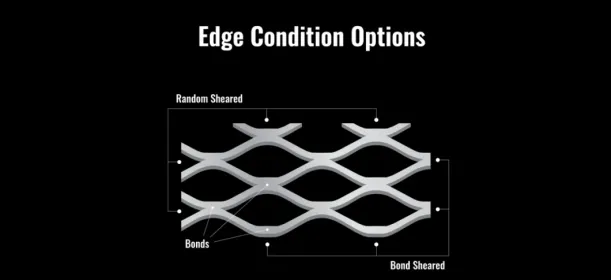Exploring Aluminum Sheet Metal with Holes Applications and Benefits
Aluminum sheet metal is a versatile material that is widely used in various industries due to its lightweight, durability, and corrosion resistance. One specific variation of aluminum sheet metal that has gained popularity is aluminum sheet metal with holes, often referred to as perforated aluminum sheets. These sheets are characterized by a series of uniformly spaced holes, which can be designed in various patterns and sizes. The incorporation of holes not only enhances the aesthetic appeal of the material but also increases its functionality in several applications.
Manufacturing Process
The manufacturing of perforated aluminum sheet metal involves a precise process called perforation. This process typically uses mechanical systems like CNC (computer numerical control) machines, laser cutting, or punching to create the desired hole patterns. The size, shape, and arrangement of the holes can be tailored to meet specific requirements, allowing for customization based on the application. After perforation, the sheets can undergo additional treatments such as anodizing or powder coating to enhance corrosion resistance and surface finish.
Applications
Perforated aluminum sheets have a wide array of applications across various sectors. One of the most common uses is in the architectural field for facades and ceilings. The perforated design allows for creative expression while also providing functional benefits such as sound absorption and ventilation. By allowing natural light to flow through while maintaining a degree of privacy, these sheets are ideal for modern building designs.
In the industrial sector, perforated aluminum sheets are frequently utilized as filters or screens in manufacturing processes. Their lightweight nature makes them easier to install and manage compared to heavier materials. Industries such as food processing, petrochemical, and wastewater treatment often employ these sheets due to their ability to effectively separate solids from liquids, ensuring operational efficiency while maintaining product integrity.
aluminum sheet metal with holes

Moreover, the automotive and aerospace industries also benefit from the properties of perforated aluminum sheets. These industries prioritize lightweight materials to enhance fuel efficiency and overall performance. The use of perforated aluminum not only reduces weight but also improves cooling in automotive applications, such as radiator grills, where airflow is crucial for engine performance.
Benefits
The advantages of using aluminum sheet metal with holes are manifold. Firstly, the perforation process reduces the weight of the material without compromising its strength, making it ideal for applications where weight is a critical factor. Secondly, the holes in the sheet contribute to improved airflow and drainage, preventing the accumulation of moisture and reducing the risk of corrosion, a significant concern for many applications.
Additionally, the aesthetic flexibility provided by perforated aluminum sheets allows designers to implement innovative solutions that capture the attention of clients while fulfilling functional requirements. Environmental considerations are also addressed, as aluminum is a recyclable material, contributing to sustainability efforts across industries.
Conclusion
In summary, aluminum sheet metal with holes represents a functional and aesthetically pleasing solution in multiple industries. Its versatility is evident in applications ranging from architecture to manufacturing, automotive, and beyond. The benefits of weight reduction, improved airflow, and enhanced customization make perforated aluminum sheets an attractive option for engineers and designers alike. As industries continue to prioritize innovation and efficiency, the demand for materials like perforated aluminum sheet metal is likely to grow, paving the way for new applications and advancements in design.
-
Why Galvanized Trench Cover Steel Grating Resists Corrosion
NewsJul.10,2025
-
The Versatility and Strength of Stainless Expanded Metal Mesh
NewsJul.10,2025
-
Load Calculations in Steel Grating Platforms
NewsJul.10,2025
-
Keeping Pets and Kids Safe with Chicken Wire Deck Railing
NewsJul.10,2025
-
Hole Diameter and Pitch for Round Perforated Metal Sheets
NewsJul.10,2025
-
Aluminium Diamond Mesh in Modern Architecture
NewsJul.10,2025
Subscribe now!
Stay up to date with the latest on Fry Steeland industry news.

